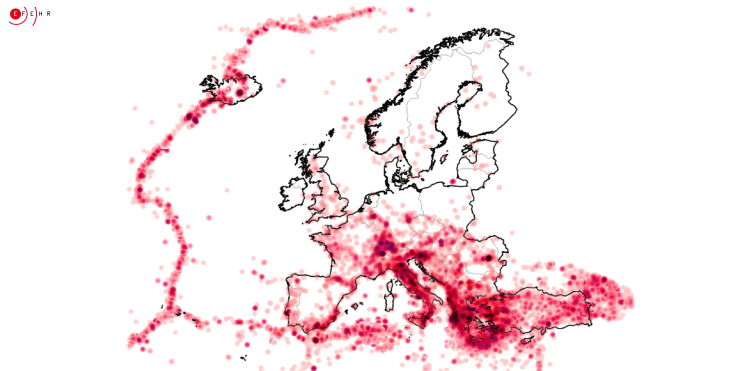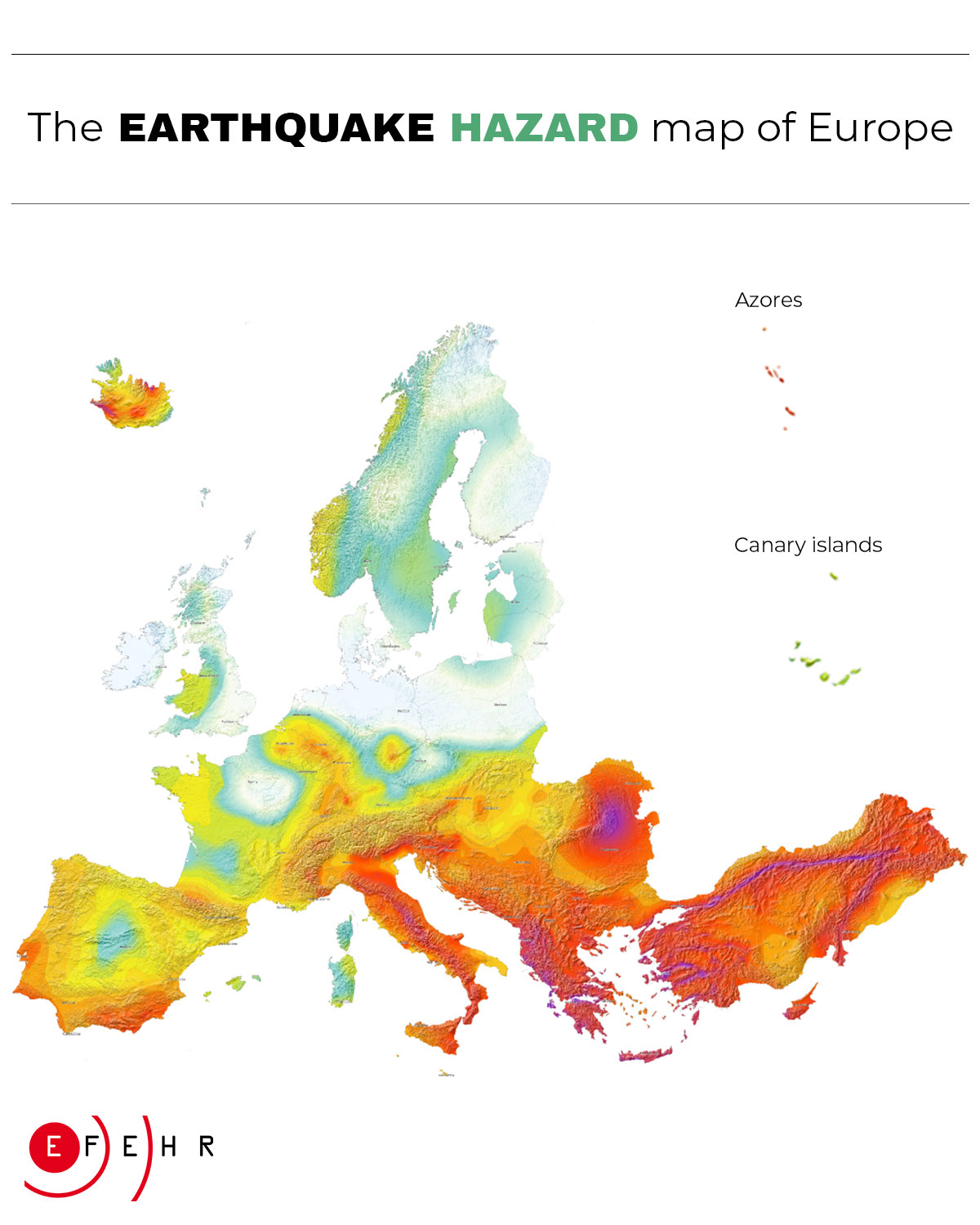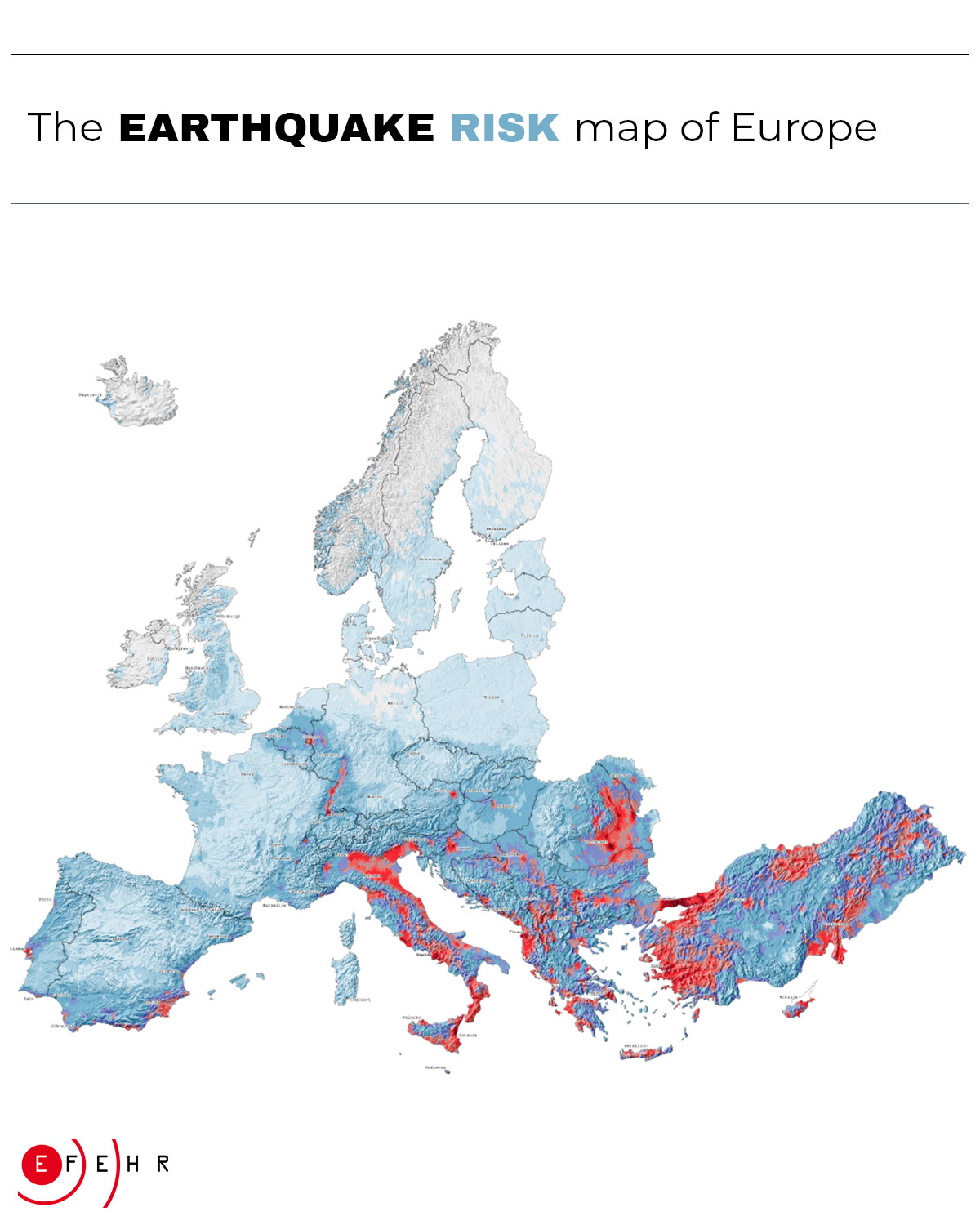Earthquakes and their impact
Disasters have a vital impact on people's lives in many aspects. History has shown that earthquakes are one of the deadliest of all the catastrophes that can be triggered by nature, such as thunderstorms, landslides, or droughts. During the 20th century, earthquakes accounted for more than 200,000 deaths and over 250 billion Euros in direct and indirect losses in Europe (EM-DAT).
Millions of earthquakes hit Europe every year, though most are too small to be felt or to cause damage. However, severe events occur periodically. Each time such a strong earthquake affects a region in Europe, it reminds us of the impact it can have: bricks fall from roofs, façades crack, walls collapse, debris damages parked cars, and citizens get injured or even lose their lives. Up to now, earthquakes cannot be precisely predicted, but effective risk mitigation measures derived from earthquake hazard and risk models can significantly reduce their impacts.
Why do earthquakes occur in Europe?
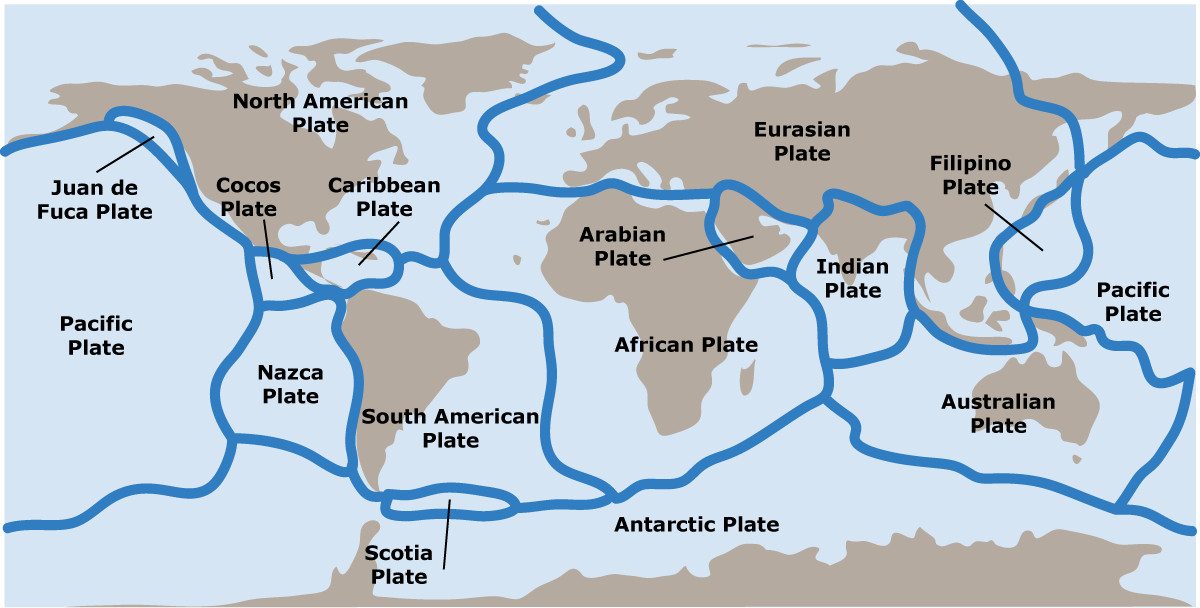
In Europe, earthquakes are mainly a result of stress in the earth’s crust. For naturally occurring earthquakes, the source of this stress is plate tectonics. The Eurasian plate encompasses much of Europe’s and Asia’s mainland. It shifts towards the neighbouring plates in the South (African plate), Southeast (Anatolian microplate), and West (North-America plate).
Plate tectonics
In addition, there are several microplates between Europe and Africa, which make the tectonic picture particularly complex around the Mediterranean Sea, including the Alpine region. Because of the microplates, earthquakes in Europe occur across a large area, not only along a well-defined zone. The following major tectonic plates influence the seismic activity on the European continent:
Active faults in Europe
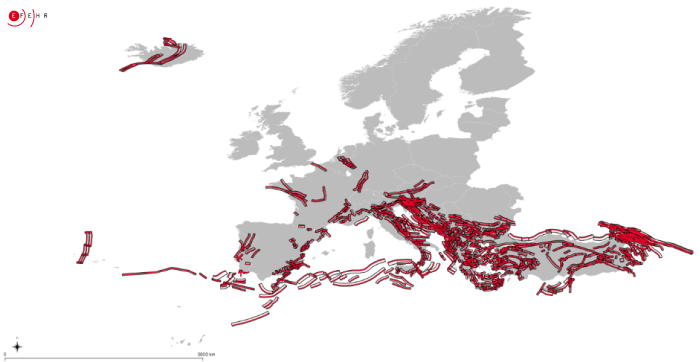
Over 1,200 active faults have been mapped in Europe, covering more than 90,000 km of fault length. Faults are underground tectonic ruptures along which rocky masses move in relation to one another. When an earthquake occurs, usually only a section of the fault shifts.
In principle, the larger the fracture surface underground and the more it shifts, the stronger the earthquake will be. Information on the active faults are essential to estimate the location and magnitude of future earthquakes, especially in regions where the earthquake catalogues are incomplete.
Explainer Video
Want to know more about earthquake hazard and risk in Europe and why we should care about it? We explain it to you in our explanatory video.

